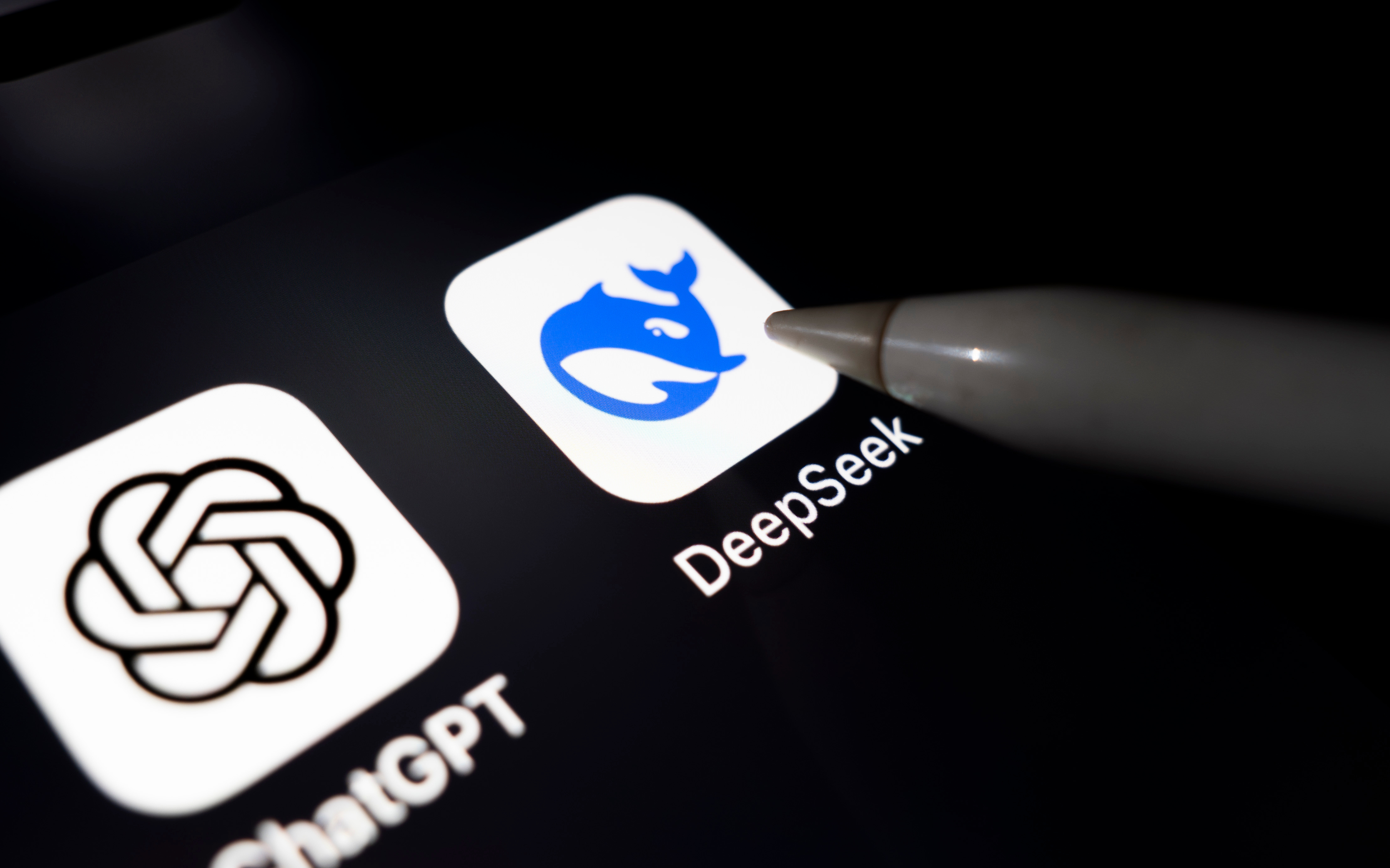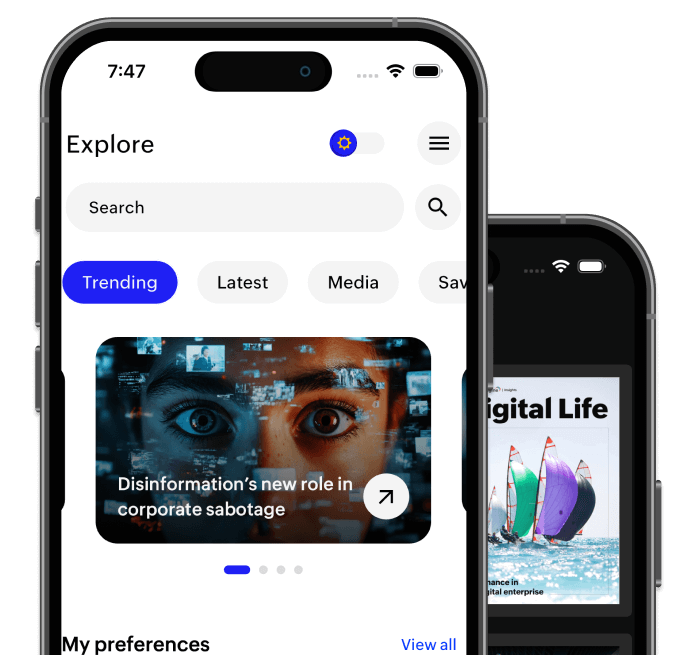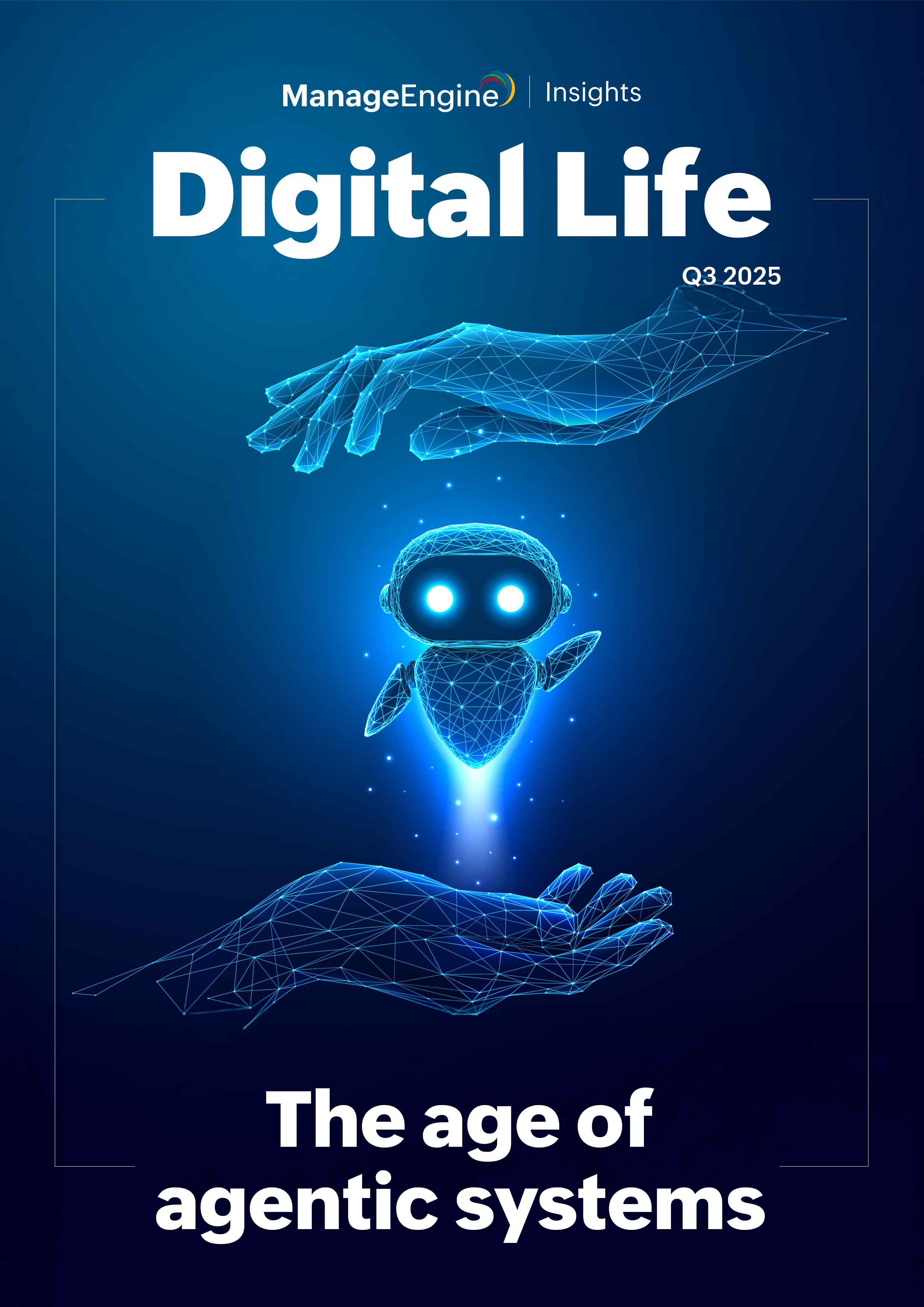If you’ve been keeping an eye on the AI world, chances are you’ve heard of DeepSeek. This Chinese AI startup has been sending shock waves through Silicon Valley big enough to cause some major stock market turbulence. But what exactly is DeepSeek, and why is it giving tech behemoths like OpenAI, Microsoft, and NVIDIA a run for their money? We’ll break it down for you.
A giant leap for AI—at a fraction of the cost
DeepSeek’s claim to fame is its latest AI models, DeepSeek-V3 and DeepSeek-R1, which have been touted as on par with (some say even better than) leading AI models from OpenAI and Meta. What truly shocked everyone was that while OpenAI reportedly spent somewhere north of $100 million training GPT-4, DeepSeek claims to have trained its model for under $6 million—a fraction of the cost—and that it was developed by a group of hedge fund managers as a side project.
This efficiency stems from a combination of technical optimizations. Instead of relying on the most expensive AI chips, DeepSeek reportedly made use of around 2,000 NVIDIA H800 GPUs. This is significant because these are modified versions of NVIDIA’s H100 chips, designed to comply with United States export restrictions. By working within these constraints, DeepSeek found innovative ways to make the most of its computing power.
Additionally, the company has implemented an approach known as “mixture of experts”, where different sections of the AI model specialize in specific tasks. This method not only reduces computational costs, but also enhances the efficiency of responses, particularly in complex reasoning tasks.
With that said, it’s also important to note that the $6 million estimate is now under scrutiny, with some industry experts suggesting that the true cost of developing and operating DeepSeek could be well over a billion dollars. OpenAI has also accused DeepSeek of unlawfully using data from ChatGPT to develop its own AI chatbot. This method, known as distillation, is often used to improve performance while cutting costs.
Though distillation is a common, yet controversial practice in the LLM industry, it frequently falls into a legal gray area. Ironically, ChatGPT itself has faced allegations of training on content it didn’t have the rights to access. If these claims hold up, it would be a case of the pot calling the kettle black—AI edition.
The chatbot that dethroned ChatGPT as AI’s poster child
DeepSeek’s AI assistant quickly became the most downloaded free app on Apple’s App Store and Google’s Play Store, overtaking ChatGPT. This unexpected surge rattled tech investors, causing NVIDIA’s stock to plummet nearly $600 billion in a single day—making it the biggest one-day loss in U.S. market history. This was because DeepSeek claimed it upended the long-held belief that building powerful AI models required massive investment. The AI software company reported that high-performance AI could be developed at a fraction of the cost of OpenAI’s models, making top-tier AI more accessible and competitive than ever.
But why do users flock to DeepSeek over more established options? One key reason is accessibility. Unlike ChatGPT, which introduced paid tiers to access advanced models, DeepSeek remained entirely free at launch. A key distinction that sets DeepSeek apart from other competitors is that it is a free-to-use, open source AI model available on web, mobile app, and API. The model can run locally and offline with limited compute power, making it an attractive alternative for users seeking high-quality AI responses without a subscription fee.
Moreover, some early testers reported that DeepSeek outperformed ChatGPT in certain areas, particularly mathematical reasoning and coding tasks. It also had the ability to search the web, reason, and “think” before responding—features initially only available on the premium ChatGPT-4 model but which were made free to users after DeepSeek’s launch, perhaps to help it retain market share.
Innovation or cause for concern?
Despite its success, DeepSeek is not without safety controversies. Security researchers discovered that its web login page contains code linked to China Mobile, a state-owned telecom company that has been banned from operating in the U.S. There are concerns that user data might be accessible to the Chinese government, which has led to calls for banning the app on U.S. government devices. Lawmakers in multiple countries, including Australia, South Korea, and Taiwan, have already restricted or banned DeepSeek over security concerns.
Adding to this, an independent cybersecurity audit revealed that the DeepSeek iOS app transmits user and device data without encryption. This makes it vulnerable to interception, putting sensitive user information at risk. Some experts argue that these privacy flaws are not accidental but rather indicative of a deliberate design choice that prioritizes data collection over user security.
The tech behind DeepSeek: smarter, leaner, and more transparent?
DeepSeek has adopted innovative approaches to AI efficiency. Unlike many AI models that require massive computational power, DeepSeek has optimized its training methods, significantly reducing the costs of running large-scale AI.
One of its most noteworthy features is its transparency. Unlike OpenAI, which keeps the specifics of its training data and methodologies under wraps, DeepSeek has openly released details of its AI model’s architecture. This allows researchers worldwide to study, modify, and improve upon its technology. Additionally, DeepSeek has experimented with alternative approaches to improving reasoning in AI, such as Monte Carlo Tree Search, which has been used in strategic AI applications, but now is also garnering attention for being used in LLMs.
However, while DeepSeek has shared its AI model weights, it has not disclosed its training datasets. This lack of clarity raises concerns about biases in the model and the potential use of proprietary or sensitive data sources. The question remains: can an AI model truly be transparent without revealing its entire dataset? Many experts argue that full transparency is necessary to ensure AI safety and fairness in deployment.
The political and economic fallout
DeepSeek’s rise is not just a technological story—it has significant geopolitical implications. The U.S. government has already begun investigating potential national security risks associated with Chinese AI development. A bipartisan congressional bill is being pushed by lawmakers to ban DeepSeek entirely from government devices, citing risks of espionage and data leaks. This comes just days after the TikTok ban was passed, enforced, and ultimately reinstated in the U.S. Of course, the TikTok comparisons were inevitable, with many seeing DeepSeek as the latest episode in the U.S. vs. Chinese tech showdown.
Economically, DeepSeek’s efficiency model has created ripples in the tech industry. Its claims to be able to produce a high-performing AI model at a fraction of the cost has forced U.S. tech firms to reassess their own strategies. If AI breakthroughs can be achieved at the low costs DeepSeek claims, what does this mean for companies like OpenAI, Google, and Meta? Some analysts believe this could lead to a shift in AI research priorities, emphasizing cost-efficient methodologies over brute-force computational power.
Furthermore, DeepSeek’s success has led to significant market reactions. The AI startup’s rapid rise caused NVIDIA’s stock to experience historic losses, shaking investor confidence in the profitability of AI hardware manufacturers. As the AI landscape evolves, the industry must balance efficiency, security, and regulatory considerations to ensure long-term sustainability.
Additionally, some analysts believe that DeepSeek’s efficiency model will push U.S. companies to rethink their spending habits on AI infrastructure. If a Chinese startup can develop cutting-edge AI for a fraction of the cost, why are American firms pouring billions into similar models? This question is likely to fuel both investment strategy shifts and regulatory scrutiny
What’s next for DeepSeek?
Despite its controversies, DeepSeek is undeniably the underdog which has become OpenAI’s largest competition. Its cost-efficient, high-performance models have forced the industry to reconsider the economics of AI development. Meanwhile, its meteoric rise has put pressure on U.S. lawmakers to scrutinize AI security risks more closely.
However, DeepSeek’s future remains uncertain. Will regulatory pressure slow its momentum, or will it continue to disrupt the AI space? With governments, tech executives, and researchers closely watching, the next chapter of the DeepSeek story is bound to be just as fascinating as its debut.
One thing is for sure: the AI race just got a lot more interesting.











